ADVERTORIAL • June 2019
Wine lover’s Rioja: a regional guide
Whether you’re strolling the supermarket aisles, sitting in a bar, or out for dinner, you’ll no doubt have come across Rioja wine. But there’s much more to Rioja – the region and the wines – than a tempting glass of vino. Hispanophile food and drink writer Ross Clarke explores the vines and virtues of Rioja and its regions
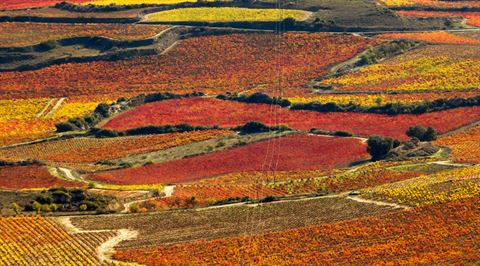
From humble beginnings
Rioja might be one of Spain’s smallest autonomous regions, but it’s also the leading wine-producing area in the country, with wines known world-over for their quality and variety. And there’s a good reason for it, too: with a climate perfectly suited for its production, Rioja has centuries-worth of winemaking under its belt (grapes have been harvested here since Roman times) and plenty of skyrocketing successes, including becoming Spain’s first Denominación de Origen Calificada in 1991.
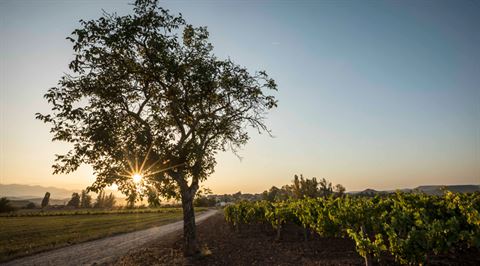
The spice of life
While most people know the unctuous reds of Rioja, winemakers here are constantly innovating. The crisp white and rosé still wines should not be overlooked and neither should the recent addition of sparkling wines to the region’s offerings. These include both white and rosé, brut, extra brut and brut nature versions. Conveniently, this makes Rioja wines suitable for nearly every occasion and food pairing.
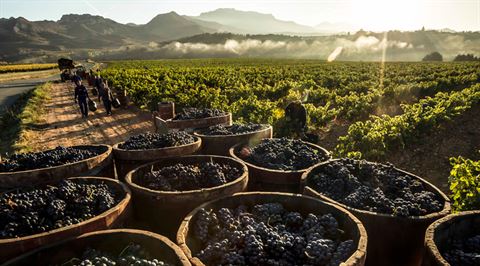
Rioja Alta
Rioja wine production is split into three geographic zones – Alta, Alavesa and Oriental – each with their own grapes, climate and land characteristics that help nurture wines with distinct personalities. Rioja Alta creates probably the most ‘typical’ Rioja, thanks to its higher altitude and Atlantic climate. It’s prime for tempranillo and garnacha (grenache) varieties and is home to some of the oldest garnacha vines in Europe. Often matured in oak, wines from Rioja Alta pair well with strong foodie flavours; try imbibing a copa or two along with tender cordero asado (roast lamb) at Restaurante Terete in Haro.
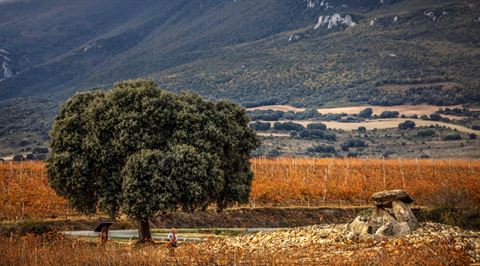
Rioja Alavesa
Carefully nestled between the north bank of the River Ebro and the Cantabrian Mountains, Rioja Alavesa covers the smallest area of the Rioja DOC region with only 13,229 hectares. Its climate and altitude are not dissimilar to Rioja Alta but, thanks to its slightly chalkier soil and low rainfall, the wines take on a different character. Try pairing a glass of white made from the area’s viura (macabeo) grape with simply-cooked hake, shellfish, or with one of Rioja’s other famous exports, white asparagus. You’ll find it served myriad ways across the region. At Calle del Laurel in Logroño, you’re sure to find the perfect pairing as you hop between the pinchos bars that line the street.
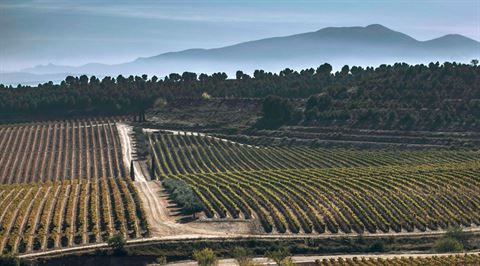
Rioja Oriental
This zone in the region’s south and east is also its largest producer – around 40 per cent of Rioja wine comes from here. Thanks to its lower altitude and landscape, it enjoys a Mediterranean climate, with warm, sunny weather leading to fuller fruit flavours. As with all the zones, since 2017 wines can now also be recognised officially by origin or terroir (single vineyards, villages and zones). The prevalence of garnacha and tempranillo in the Oriental zone means the wines produced are great for social drinking, and also pair well with hearty cuisine, pochas (fava-type beans) cooked in a rich stew, say, or local piquillo peppers filled with sweet morcilla (black pudding) – all typical of Rioja.
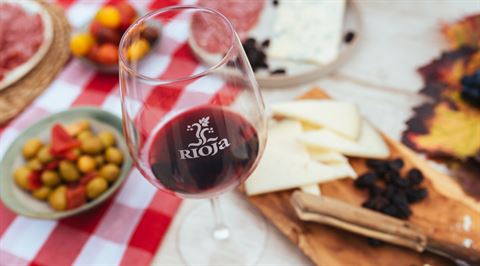
Up close
Rioja was the number one tourist destination in Spain in 2018, with more than 810,000 winery visits clocked that year alone. And while Rioja wines are exported all over the world, there’s nothing quite like trying them in their native land. Thankfully, the region is adept at wine tourism and there are many routes (both guided and self-guided) in all the zones that include vineyards and historic sights (including the medieval monasteries where Rioja’s wine production began) that are not to be missed. Plus, most wineries have tasting rooms ready for thirsty oenophiles to test their skills.
British Airways flies direct between London and Bilbao – just over an hour’s drive from Rioja.
To find out more about Rioja and Rioja wines, click here
This article has been tagged Advertorial, Destination
More from previous issues
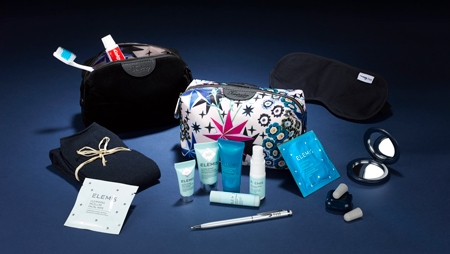
The best of BA news
First cabins welcome a more 'thoughtful' kind of luxury; the High Life shop pre-order service makes its way to short-haul, plus all-new seasonal routes
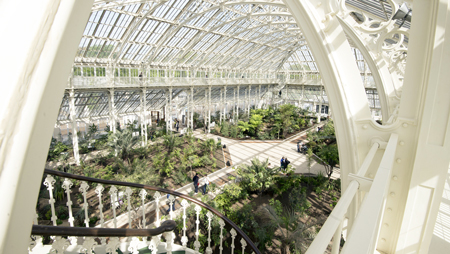
Six of the world’s great botanical gardens
Spectacular gardens from around the world that are guaranteed to tempt and delight any green-fingered traveller
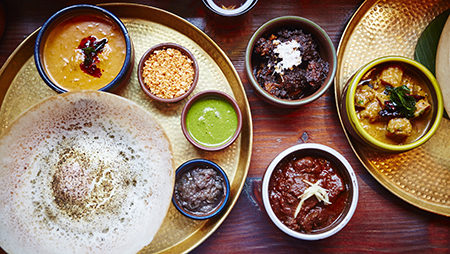
Around London in seven cuisines
A gathering of global influences, London's food scene is about as worldly as you can get. To celebrate the diversity on our doorstep, The Club team tuck in

My Club: Rio Ferdinand
Football focus: England legend Rio Ferdinand talks about his latest coaching exploits, and the places he and his family love to visit
